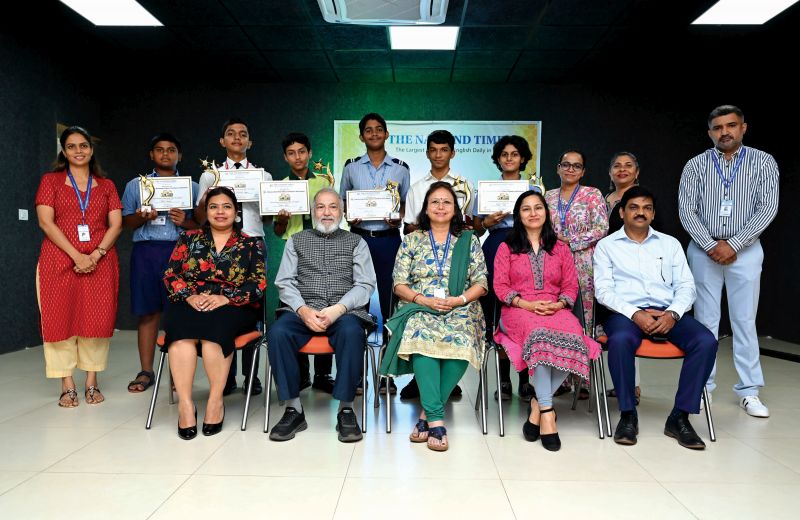
There is more to Goa than the beaches and the party scene. Our traditional colonial-era built heritage is remarkable and unique with a vibrancy and a language of its own. However it is very misunderstood and often deliberately misrepresented.
To understand Goan architecture and cultivate an appreciation for it, National council member of The Indian Institute of Architects, architect Manguesh Prabhugaonker was invited as a guest on The Navhind Times, Talk from the Heart show that aired on Sunday, February 27 on the Goa365 channel.
Prabhugaonker who has over 27 years of varied experience in the fields of Architecture and Landscape Architecture, has also instituted several initiatives in the field of architectural education and professional practice codes in India. He is the Chairman of Real Estate & Housing Committee at the Goa Chamber of Commerce & Industry and is involved with the formulation of RERA regulations in Goa.
Goan traditional architecture he said was beautiful in addition to being intricate and very artistic. “When we speak about Goan architectural heritage, we are looking at about 500 years or so and each era had different architectural practices and languages in terms of form. So, besides Chandor and Lotoulim, there were other places in the interiors too where this architecture was used.” A typical Goan house used local and indigenous materials as the chief building blocks. Stone and laterite were mostly used along with wood, metal and varied styles and patterns of tiles. The focal point was ornamentation which evolved greatly.
Throwing light on the history of our traditional architecture, Prabhugaonker spoke about the classification of these structures in to residential, institutional and religious. “Sustainability was the key behind the design and construction of these structures,” he said. Explaining how most of these houses were self dependent especially climate responsive, he expounded on the design of the balcao, roofs, windows, courtyard and back yards. “There was a science that was applied methodologically not just to design but also to the materials used. In addition, these homes were built to promote communication between neighbours and the community at large,” he added.
Emphasising the fact that our architectural heritage includes not just these structures but also the surroundings and the environment, he said, “The water body aligning the houses, or the ground opposite a church or the street along a vaddo and hamlet are all part of our heritage. The architecture encompassed all these and more. We need to relook at the basic evolution of how those houses existed and what state they are in.“
With time and modernization, Goan architecture has undergone several changes; one major contributing factor being the family. “If fifty years ago, a family consisted four or five members, today that family has grown in size to about thirty or even hundred members. This has put pressure on the architectural typology to grow horizontally and vertically,” he said and illustrated his point with various examples.
Retaining and maintaining these architectural heritage structures today is no easy task, especially with the mounting costs, rate of materials and in some instances even the governing rules and regulations. “Some of these structures are rented out and the old rent paid by tenants is bare minimum which makes it difficult for the owner to maintain and repair his/her property,” he said. He also highlighted the need to monitor the work/repair done on these through proper audits and committees.
Giving various tips on how the skill of our traditional artisans can be retained he said, “Through forums like these maybe we can reach to the policy makers to start vocational courses where our younger generation can learn these skills by collaboration with masons, carpenters, etc. Then we may not need to go to Kolkata for shell windows.“
The need of the hour as Prabhugaonker rightly stressed is resilient design and architecture. “Sustainability is also extremely important but to utilise this, we first need to understand what sustainability is,” he said and spoke about team work of policy makers, stake holders, developers and government bodies to retain our architectural heritage.



